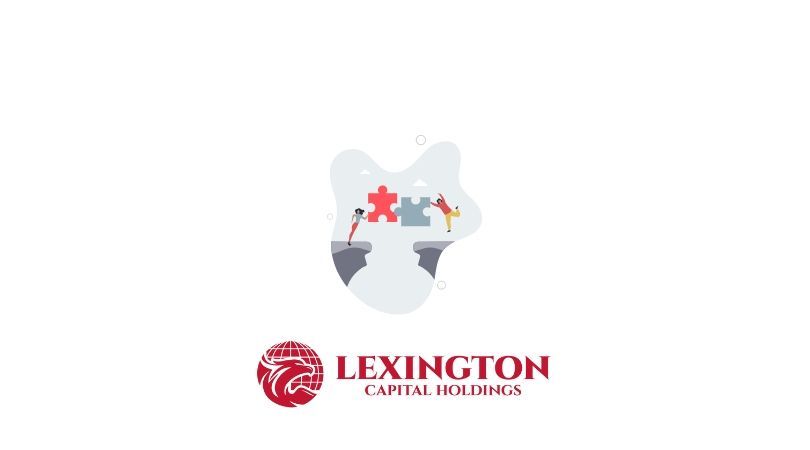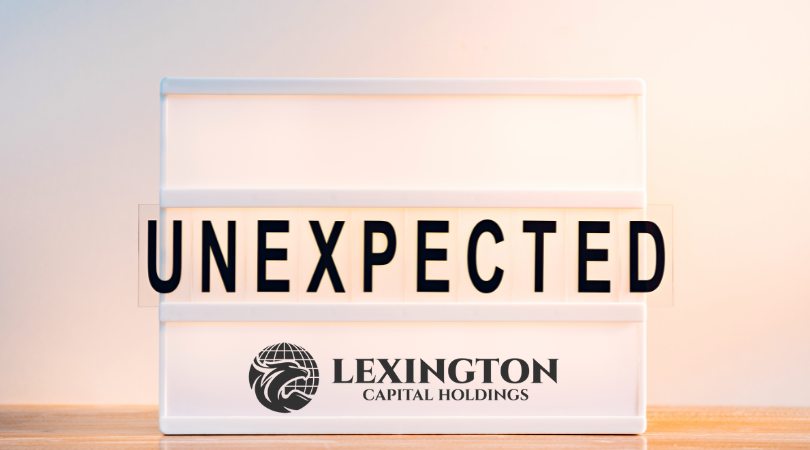The Critical Role of KPIs and Data Analytics in Modern Sales
The Critical Role of KPIs and Data Analytics in Modern Sales
In today's competitive business landscape, having a clear understanding of sales performance is crucial for sustained growth and success. Key Performance Indicators (KPIs) and data analytics are essential tools that provide valuable insights into sales activities, helping businesses to make informed decisions, optimize strategies, and achieve their objectives.
Understanding KPIs
KPIs are specific, measurable metrics that reflect the performance of various aspects of the sales process. Common sales KPIs include:
Sales Growth: Measures the increase in sales revenue over a specific period.
Customer Acquisition Cost (CAC): The cost associated with acquiring a new customer.
Customer Lifetime Value (CLV): The total revenue a business can expect from a single customer account.
Conversion Rate: The percentage of leads that convert into actual sales.
Sales Cycle Length: The average time it takes to close a deal.
These KPIs provide a quantifiable measure of success and highlight areas needing improvement.
The Role of Data Analytics
Data analytics involves the systematic computational analysis of data. In sales, it encompasses collecting, processing, and analyzing sales data to extract meaningful insights. Here are some key benefits of leveraging data analytics in sales.
Enhanced Decision-Making: Data-driven insights enable sales managers to make informed decisions, identify trends, and predict future sales patterns. This leads to more effective strategies and better allocation of resources.
Performance Tracking: Analytics tools can monitor individual and team performance in real-time, identifying high performers and those needing support. This helps in tailoring training programs and setting realistic targets.
Customer Insights: Analyzing customer data helps in understanding buying behaviors, preferences, and pain points. This information is crucial for personalizing sales approaches and improving customer satisfaction.
Optimized Sales Processes: Data analytics can identify bottlenecks in the sales process, streamline workflows, and reduce inefficiencies. This results in a shorter sales cycle and higher conversion rates.
Forecasting and Planning: Predictive analytics can forecast future sales trends based on historical data, allowing businesses to plan inventory, staffing, and marketing efforts more accurately.
Implementing KPIs and Data Analytics
To effectively implement KPIs and data analytics, businesses should:
Define Clear Objectives: Establish what you aim to achieve with your sales data, such as increasing revenue, improving customer retention, or reducing costs.
Choose the Right Tools: Invest in reliable analytics tools that can handle large datasets and provide actionable insights.
Train Your Team: Ensure your sales team is proficient in using data analytics tools and understands the importance of KPIs.
Regular Monitoring and Adjustment: Continuously track KPIs and adjust strategies based on data insights to ensure continuous improvement.
Conclusion
KPIs and data analytics are indispensable for modern sales teams. They offer a structured approach to measuring performance, understanding customer behavior, and optimizing sales processes. By leveraging these tools, businesses can drive growth, enhance efficiency, and maintain a competitive edge in the market. Investing in KPIs and data analytics is not just about tracking numbers; it's about transforming data into actionable insights that propel your business forward.

When you apply for business funding, your application goes through a critical stage—underwriting. This is where lenders evaluate risk and determine whether your business qualifies for financing, and under what terms. Understanding what underwriters look for can help you strengthen your application, avoid delays, and increase your approval odds.

Not every business enjoys a steady stream of income. For many companies—especially those in seasonal industries, contracting, or project-based work—revenue can shift dramatically from month to month. These ups and downs are normal, but they can make managing cash flow, payroll, and operating expenses challenging. At Lexington Capital Holdings, we understand that fluctuating revenue doesn’t mean instability—it just means you need the right financial tools to stay balanced and grow confidently.

The Challenge of Hyper-Growth For many startups, growth isn’t the problem—it’s managing it. Rapid scaling demands capital for hiring, marketing, technology, and operations. But too often, founders find themselves cash-strapped right when they need resources the most. Choosing the right financing strategy can be the difference between sustainable growth and burning out too soon.

When it comes to business financing, the terms you secure are just as important as the funding itself. Lower interest rates, flexible repayment schedules, and higher approval amounts can mean the difference between simply surviving and setting your business up to thrive. The good news? Business owners often have more negotiating power than they realize. At Lexington Capital Holdings, we’ve seen firsthand how preparation and strategy can help secure stronger terms. Here’s how you can do the same:

For many businesses, waiting on customer payments can feel like standing still when you’re ready to move forward. Delayed invoices, extended payment terms, or slow collections create cash flow gaps that make it harder to cover expenses, pay employees, or seize new opportunities. The truth is—even successful, profitable companies face this challenge. The key isn’t avoiding it, but managing it strategically with the right funding solutions

Securing business funding is a milestone—but the real impact comes from how you put that capital to work. Every dollar borrowed should fuel momentum, strengthen operations, and generate measurable returns. Unfortunately, too many businesses stop at “getting approved” and miss the chance to maximize their return on investment (ROI). At Lexington Capital Holdings, we believe funding isn’t just about access to capital—it’s about creating opportunity. Here’s how to ensure your financing delivers the highest ROI:

In today’s fast-paced business environment, standing out from the competition requires more than just great products and services—it takes strategy, timing, and smart financial decisions. One of the most overlooked tools in building and maintaining a competitive advantage is business financing. When leveraged correctly, financing doesn’t just help you “get by”; it can actually position your business to outpace competitors and capture new opportunities.

In business, surprises aren’t a matter of if—they’re a matter of when. Whether it’s a sudden equipment breakdown, an unexpected dip in sales, or a market shift that requires quick adaptation, unforeseen expenses can test even the most successful companies. The difference between thriving and struggling often comes down to how well you’ve prepared.

When most business owners hear the word debt, it sparks feelings of stress or risk. But here’s the truth—debt isn’t always a bad thing. In fact, when managed strategically, debt can become one of the most powerful tools to grow, stabilize, and scale your business. At Lexington Capital Holdings, we work with business owners every day who are navigating this very question: Is taking on debt the right move for me? Let’s break down the difference between “good” and “bad” debt so you can make informed financial decisions.

In today’s business world, financing options are everywhere—but choosing the right path can feel overwhelming. From traditional bank loans to alternative lending solutions, the fine print and fast-changing requirements often leave business owners spending more time deciphering funding terms than actually running their businesses. That’s where the value of a dedicated funding advisor truly shines. At Lexington Capital Holdings, we’ve seen firsthand how personalized guidance can transform the funding experience for business owners of all sizes.

